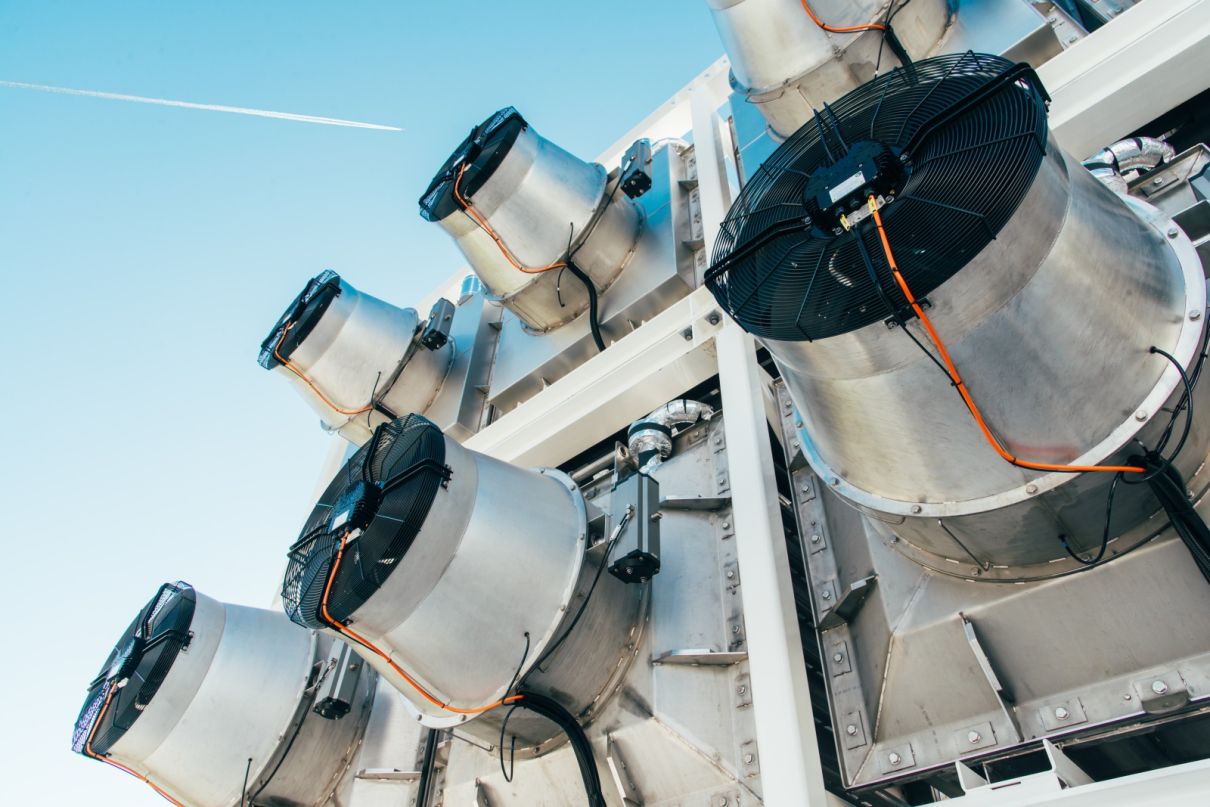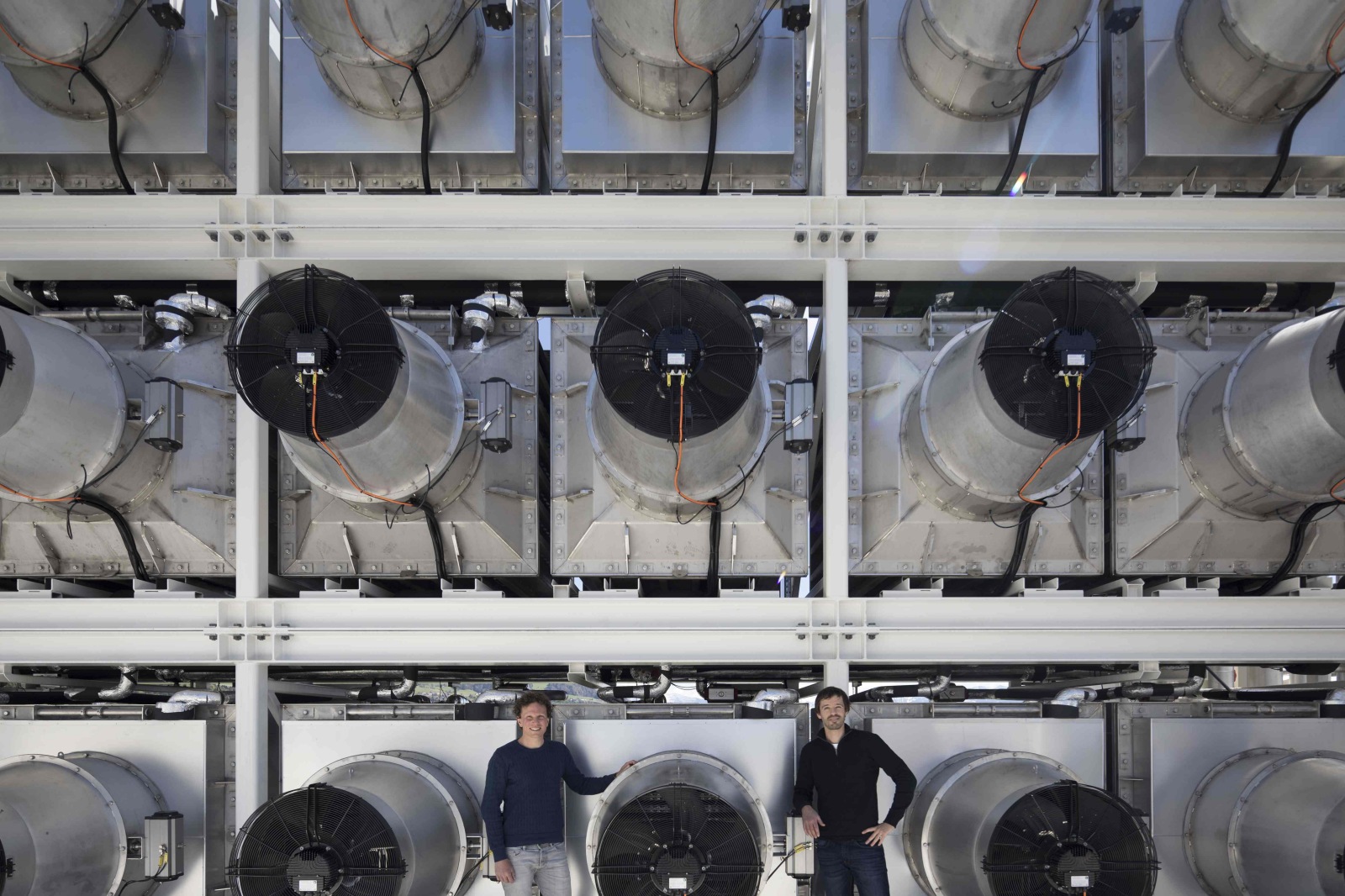China's Carbon Trading Scheme: An Inside View

China is expected to go live on a nationwide carbon emissions trading scheme this year, which could be transformational in bringing down emissions.

As of the end of last year China was the world's largest carbon dioxide emitter, by far. Even though the country has received much good press of late for its investment in solar power, wind, biofuels and electric vehicles, China emits around 27.8 percent of the world's carbon dioxide, equivalent to 9.43 billion metric tonnes, according to the 2019 BP Statistical Review of World Energy. Its emissions are around equal to the next three largest emitters.
What China does, or doesn't do, within the next few years, will be a deciding factor in the success of the Paris Accord in stemming worldwide carbon dioxide levels.
China seems to be aiming to clean up its act in 2020 and plans to use carbon markets as a key tool to lower its pollution. It announced it would launch a nationwide carbon trading scheme this year, coming as a breakthrough on carbon emissions goals. This would follow a market principle of cap and trade efficiency, including a cap on permitted amount of emissions. If a high-emitting company exceeds the limitation, it is offered a choice; either invest in energy saving and energy efficiency projects, or offset with a Chinese Certified Emissions Reductions (CCERs). CCERs are generated by low-carbon projects that have been approved by the National Development and Reform Commission (NDRC). CCER offsets can be traded, auctioned or even given away for free, depending on the case.
This project to launch carbon trading on a nationwide scale has been in the works for years but implementation has proved slow. China started a pilot scheme for seven cities in 2013 - Shanghai, Beijing, Shenzhen, Wuhan, Guangzhou, Tianjin, Chongqing. Although successful, with over 40 million metric tons of carbon traded, the price irregularities between cities made it complicated to implement a nationwide value.
Susan Zhu is director of one of the largest carbon trading companies in China, Shanghai Treasure Carbon, which occupies around a 25 percent market share of China's carbon trading market. She was inspired to launch her business ten years ago when her son was unable to go out and play because pollution levels were too dangerous.

Zhu's company services both sides - providing high carbon emitters with CCER project development and exchange services, as well as providing low carbon or green enterprises with carbon asset management strategy service and carbon financial innovations.
The company also offers green finance and carbon finance and products, and recently co-launched a 200 million yuan carbon fund.
Zhu believes now is a good time for foreign investors to move into carbon trading in China as the price of carbon credit is cheap compared to other parts of the world. She says at the moment, China's across-the-board carbon price is around 50 RMB (US$7) compared to over US$20 in other countries. "The gap is very big, we see a huge opportunity here," she said in an interview with TBLI, a sustainability investing network founded by Robert Rubenstein. Currently only Chinese projects are allowed to provide CCER offsets to high Chinese emitters, but she believes this could change in future.
She adds that the Coronavirus lockdown delayed the opening of the national market which was supposed to be in May. But she is convinced it will launch in the next few months.
"There will be over 20,000 emitters on this project when it launches, so the demand will be huge, but the supply currently is very small. In the past few months the price has gone up as everyone has been buying. This is about to happen and it will be a game changer."
To watch the full interview click here.








